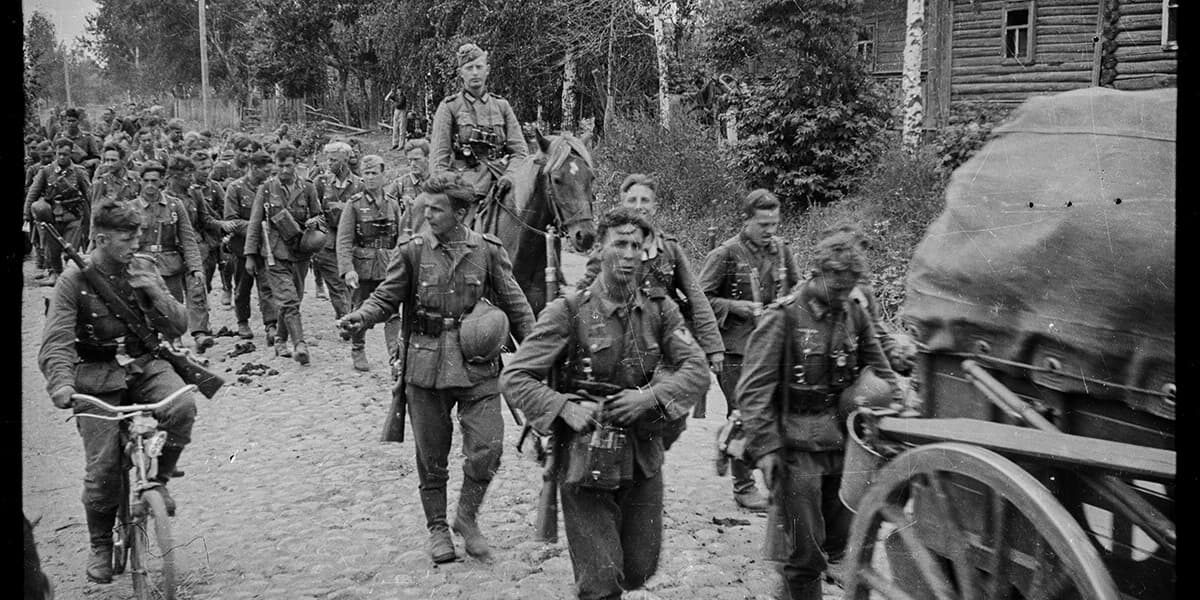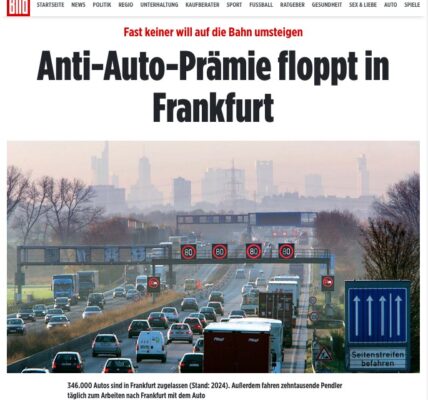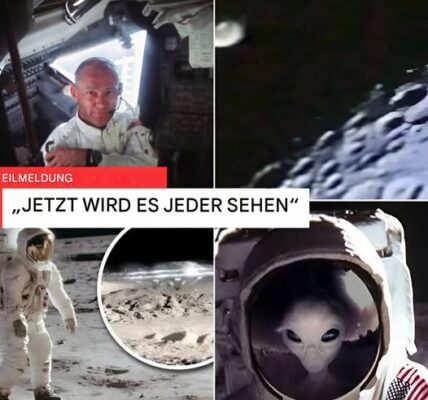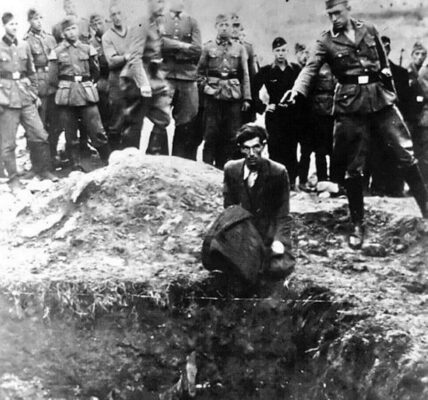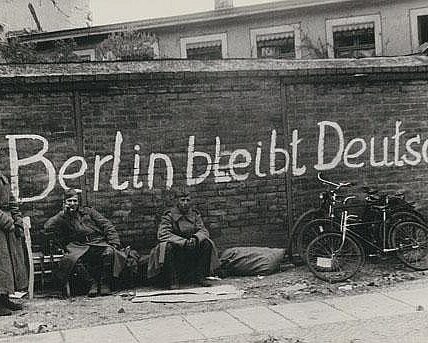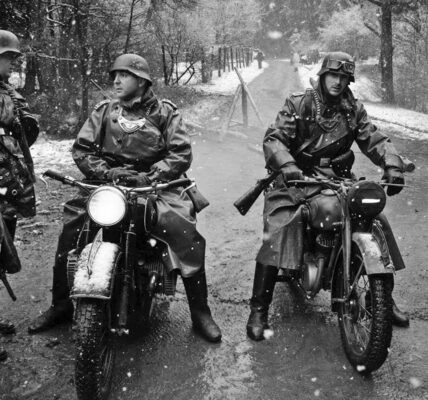I acquired this unknown German archive at an auction in Germany. A plastic bag contained three rolls of black-and-white Agfa Isopan F film. Unfortunately, there were no information or captions, and the seller knew nothing about the films’ origin or the photographer. At the beginning of each roll, the numbers 1, 2, and 3 were engraved on the illuminated edge. This apparently served to identify the negatives. All negatives were in good condition. We managed to reconstruct the photographer’s warpath, but his name and fate remain unknown.
The amateur photographer served as a soldier in the Wehrmacht’s 290th Infantry Division under the command of Major General Wrede. The division consisted of the 501st Infantry Regiment under Colonel Maher, the 502nd Infantry Regiment under Colonel Radisch, the 503rd Infantry Regiment under Colonel Prele, and the 290th Artillery Regiment under Lieutenant Colonel Becken. All images were taken at the beginning of Operation Barbarossa and the German attack on the USSR, approximately between July and September 1941.
When discussing the history of the 290th Infantry Division, it should be mentioned that it was established on February 6, 1940, in Münster in the 10th Military District during the 8th wave of mobilization. In mid-May 1940, the division was transferred to the Eifel region and from there participated in the Western Campaign. The division crossed Belgium and advanced to the Canal de l’Oise à l’Haina (literally “Canal from Oise to Haina”) in northern France. After crossing the canal, the division participated in the Battles of Pinon and Leya and in the capture of Soissons. After further advancing through Château-Thierry and Sens into the Loire Valley, the division advanced via Blois, Tours, Saumur, and Angers to Nantes and Saint-Nazaire on the Atlantic coast. There, the division remained with the 6th Army for coastal defense on the Atlantic coast.
In March 1941, the division was relocated to East Prussia. It was stationed on a bridgehead near Memel (Klaipeda). After the start of the Eastern Campaign, the division broke through the Soviet border positions on the Mituwa River, crossed it 12 kilometers northwest of Jurburg, and participated in the fighting on the Kituri Bunker Line. After the offensive across the Dubisa River and skirmishes with scattered Soviet tank and infantry units near Surviliskis-Kraakia, it occupied Dunaburg (Daugavpils, Latvia) and then actively advanced through Sebezh, Rudnya, Ostrovo, Idritsa, Pustoshka, Opochka, and Velikoye Selo to the area of Staraya Russa, where it occupied positions on the Lovat and Pola Rivers. All photographs on film by an unknown amateur photographer were taken during this period.
The photographer captured a Wehrmacht column marching through occupied Soviet villages and towns, crossing rivers on pontoon bridges, as most of the main bridges had been destroyed by the Red Army during the retreat. Burnt-out and abandoned Soviet vehicles lined the streets and riverbanks, left behind by the Red Army’s often chaotic retreat at the time. In many photographs, the viewpoint is higher than normal eye level, and sometimes various horse parts are visible in the frame. This could indicate that the photographer was on horseback or in a horse-drawn carriage.
The photographer took several pictures of scattered groups of Red Army soldiers offering little resistance. Burnt-out residential buildings can be seen in large and small settlements. Of the private houses, only the brick remnants of burnt-out stoves remain. In one of the pictures, a frying pan still hangs on the stove chimney. The town of Novorshev in the Pskov Region is recognizable by its cobblestone street and the old Church of St. Nicholas the Wonderworker visible in the background. The church itself was closed by the Soviet authorities before the war and converted into a garage. A German road sign bearing the inscription “Ostrov” can be seen on one of the poles. Another photo, presumably also from Novorshev, shows a teddy bear tied to a pole, most likely from the local history museum. A German road sign bearing the inscription “Opotschka” was visible at the junction. At the same time, in the neighboring shots, German aircraft flew over the town.
The photographer’s films also include images of German soldiers’ funerals and German cemeteries. One photo shows a close-up of the grave of Heinrich August Knickmann, commander of the 2nd Battalion of the 501st Infantry Regiment. Knickmann was a German politician (NSDAP), member of the Reichstag (party number 16,106), and SS member. He fell on August 5, 1941, with the rank of captain, during fighting near Sabolotie (Starorussky District, Novgorod Oblast). He posthumously received the German Cross in Gold.
The 290th Infantry Division lost over 10,000 men killed, wounded, and frostbite in the fighting toward Staraya Russa from August to January. On January 9, 1942, the Soviet 11th Army achieved a breakthrough in the 290th Infantry Division’s sector of the front south of Lake Ilmen. The Soviet 1st Guards Rifle Corps advanced southeastward and struck the rear of the German 10th Corps near Staraya Russa. The German Corps advanced toward the Soviet 1st Shock Army, which had broken through south of Lake Seliger, thus closing the Demyansk Pocket in which the division was located.
In March 1942, the 290th Infantry Division participated in Operation Fallreep, conducted by the “Seydlitz” assault group to break the Demyansk Pocket. The division remained in the pocket until its evacuation in February 1943. During the fighting in the encircled Demyansk Group from February onward, the division suffered enormous losses. For example, on March 19, 1943, the 6th Company of the 503rd Infantry Regiment numbered only nine soldiers, seven of whom had suffered frostbite. The total number of the division, including the rearguard, was 1,200 on March 10.
The division later withdrew behind the Pola River and assumed a new defensive position along the Lovati River to Porusia. Elements of the division were stationed in the Staraya Russa area (503rd Grenadier Regiment) and at the Pennenskaya Salient (501st Grenadier Regiment), while the remaining units were relocated to the Dedovichi (Dno) area and the village of Shapki for retraining in May 1943. Defensive and positional battles followed in the Maluksy-Lodva area and near Sinyavino. In December 1943, the division relocated to the Nevel area at the junction with Army Group Center.
In the winter of 1943/44, the division was reorganized. At the beginning of 1944, the division fought on both sides of Lake Uzvoye. It advanced to Lake Yasno and then participated in defensive battles north of Nevel. The 501st Grenadier Regiment continued to operate east of Lake Kamenets, the 503rd Grenadier Regiment near Novgorod, and the remnants of the division in the Polotsk area. After defensive battles between the settlements of Obol and Ulla on the Western Dvina sector, the division withdrew along the Polotsk – Drissa (Verkhnedvinsk) – Rositsa – Kraslava route to Daugavpils – Ilukste – Subate – Akniste – Nereta in the Biržai area.
The division was stationed in Memel (Klaipeda) and participated in offensive and defensive battles near Radviliškis and Biržai. It then withdrew to the Bauska area and fought near Koda, Bersmuizha, and Zilin at the Hagen Defensive Line position. After a further withdrawal via Iecava (Eckau) to the position on the Misa River between Riga and Mitava (Jelgava), the division was withdrawn to the Courland bridgehead across the Lielupe River south of Sloka in the Džukste area. From positions in the area southeast of Frauenburg (Saldus), the division participated in the First Courland Battle near Irbes-Jaunpils and in defensive battles near Garakas, Arnikaisa, and Lake Lielauce. The 503rd Grenadier Regiment was disbanded in the fall of 1944. In 1945, the division was withdrawn from the front and relocated via Saldus to the Ilmaja area, from where it was again deployed to the Priekule area and participated in the defensive battles at Ziengenieki, Disbraksi, and Krote. The division was defeated and captured by Soviet troops in Courland.

Burned-out residential buildings. Novorshov, Pskov Region, USSR (Russia). July–August 1941

German soldiers near a burned-out house with the remains of a stove. Novorszew, Pskov Region, USSR (Russia). July-August 194

The remains of the stove of a burned-out apartment building. A frying pan still hangs from the chimney. Novorshov, Pskov Region, USSR (Russia). July–August 1941

A German column moves along a city street past burnt-out houses. Novorszew, Pskov Region, USSR (Russia). July–August 1941

A German column moves along a city street past burnt-out houses. Novorszew, Pskov Region, USSR (Russia). July–August 1941

A German column moves along a city street past burnt-out houses. Novorszew, Pskov Region, USSR (Russia). July–August 1941

A German column moves along a city street past burnt-out houses. Novorszew, Pskov Region, USSR (Russia). July–August 1941

The city’s central street. The old St. Nicholas Church can be seen in the background. The church itself was closed by the Soviet authorities before the war and converted into a garage. A traffic sign for German Ostrov can be seen on the pole to the right. Novorshov, Pskov Region, USSR (Russia). July–August 1941

A German column marches along a city street lined with burned-out residential buildings. Novorszew, Pskov Region, USSR (Russia). July–August 1941

German soldiers cross the river on a pontoon bridge. USSR (Russia). July–August 1941
German soldiers cross the river on a pontoon bridge. USSR (Russia). July–August 1941
More about the photo

German soldiers cross the river on a pontoon bridge. USSR (Russia). July–August 1941

Graves of German soldiers. USSR (Russia). July – August 1941
Graves of German soldiers. USSR (Russia). July – August 1941
More about the photo

German soldiers peel potatoes. USSR (Russia). July–August 1941
German soldiers peel potatoes. USSR (Russia). July–August 1941
More about the photo

German soldiers peel potatoes. USSR (Russia). July–August 1941
German soldiers peel potatoes. USSR (Russia). July–August 1941
More about the photo

